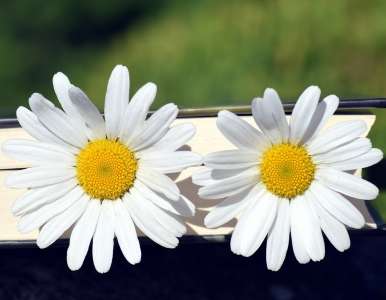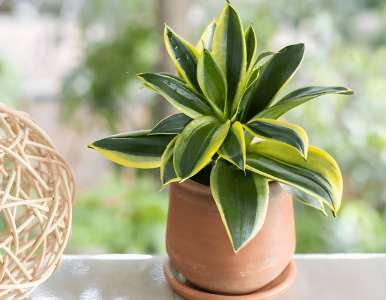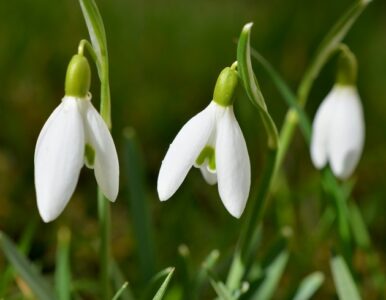Kalanchoe are fun and easy to grow, and come in a wide range of colors and sizes. But how do you create the best growing conditions for increased flower formation? And which conditions should you avoid?
The best conditions for Kalanchoe flower formation are temperatures between 40 F and 45 F (4 and 7 C) at night and 60 F (16 C) during the day. This plant has similar needs to other flowering plants, such as good drainage and a moderate amount of watering. Kalanchoes are relatively hardy and can survive a wide range of temperatures.
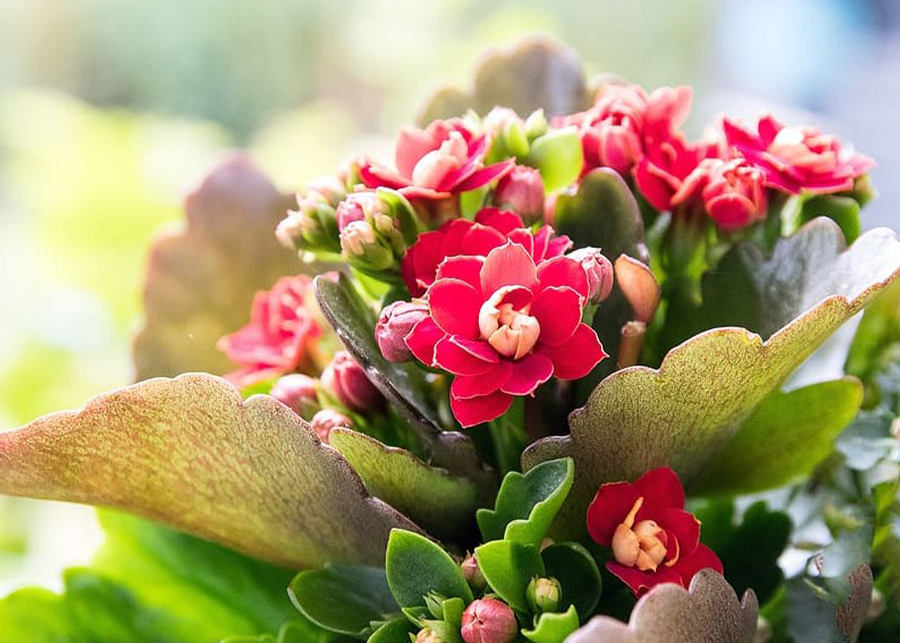
You can grow Kalanchoe indoors or outdoors. During winter, they have long flowering periods, and the flowers recur throughout the year. Kalanchoe plants are relatively problem -free, although you should watch for mealybugs, spider mites, and powdery mildew.
Although Kalanchoe plants do not require much maintenance, consistent fertilization is essential to their health. You can use ready-made potting soil, which usually includes a small amount of fertilizer. However, the nutrients in this soil will be used up within a month of repotting. A slow-release fertilizer should be used in addition to the soil.
When planting Kalanchoes, make sure you keep them away from pets and young children. These plants contain compounds that are deadly for pets. Because of this, you should plant them in an area that pets won’t go to. They are also resistant to a variety of diseases and pests. However, they can be susceptible to stem rot disease if stressed or kept in a poor location. To minimize these problems, use the proper lighting and watering regimen.
Kalanchoe plants need a warm, sunny location. You should avoid overwatering them as this can cause root rot and other diseases. The best temperature range for Kalanchoe plants is between 60 degrees Fahrenheit and 80 degrees Fahrenheit. You can also place the plant in a sunny window for indirect light. During the vegetative growth phase, it is important to feed the plant once in a month with a fertilizer, but be sure to keep it above 50 degrees Fahrenheit.
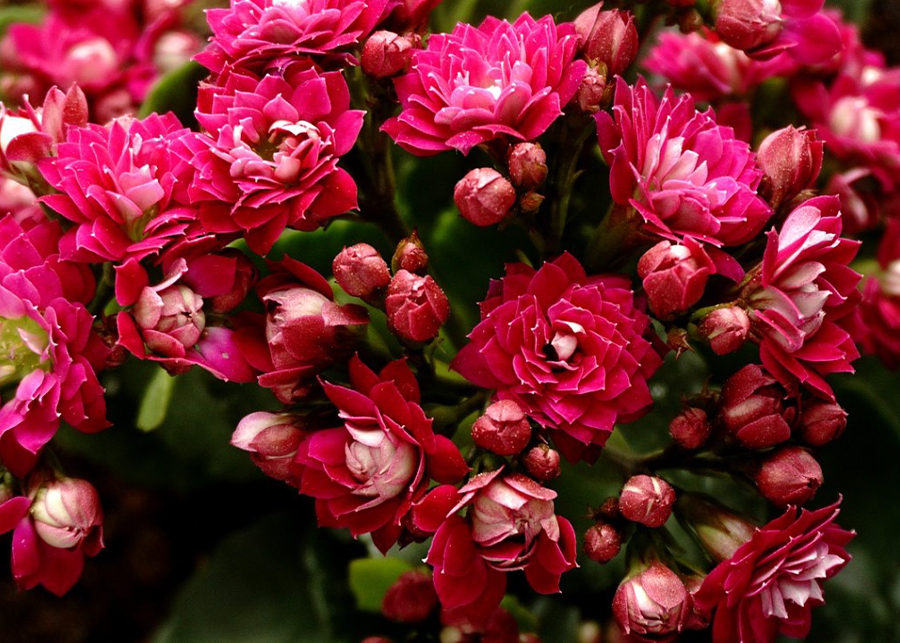
Although kalanchoes come in a variety of sizes and colors, they all need the same basic care. They prefer bright light, and can tolerate direct sunlight in a sunny room. However, they will suffer from root and stem rot if watered too much. Keep them in filtered light and water them regularly.
If you’re growing your Kalanchoe indoors, choose a well-draining mix of soil with equal amounts of sand and clay. You can use a potting soil mix for indoors or a succulent or cactus mix, but make sure the soil has a drainage hole for excess water to drain away.
Kalanchoe can be propagated by cutting offsets. However, it is important to cut the cuttings at the junction where they attach to the parent plant. Once the offsets have dried, they should be dipped in a rooting hormone and planted in the same soil mixture as the mother plant. After a few weeks, they will be rooted. After that, you can start caring for them like a mature kalanchoe plant.
Kalanchoe Care Result
The Kalanchoe plants are widely used in the home and office settings as decoration. These flowering plants are also ideal for floral arrangements, for various other special occasions, and for your indoor gardening hobby. Kalanchoes have an exquisite appearance that adds beauty to rooms, areas and offices.


